I am working on a project from University which includes a ROV. I am trying to come up with an easy way to create a Distance Sensing system, which doesn't require a lot of work. something very simple that can measure up to 20 cm, with a fair resolution.
I have looked into ultrasonic but apparently it doesn't work well in water + the waterproofing is a hassle, also Infrared is not ideal either. I purchased a fish finder so I can use the Transducer but that has a lot of obstacles too, i.e creating filters.
Any easy way that I can hack a fish finder, or create a simple sensing unit using a MCU and a sensor?
 Use epoxy potting compound to waterproof the module - the lens mounting is already waterproof, don't use epoxy on the lens.
Use epoxy potting compound to waterproof the module - the lens mounting is already waterproof, don't use epoxy on the lens.
